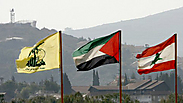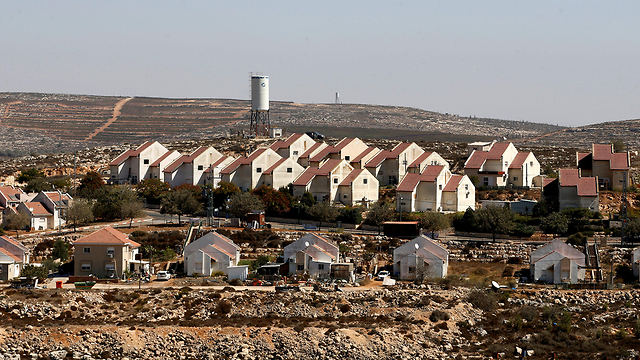
The Comptroller emphasized that since the amount of resources allocated for the implementation of the authorized plan did not correspond with the resources needed in reality, only part of the Ministry of Defense and the Home Front Command's plans to provide the communities near the conflict zones with means of defense—in particularly the West Bank communities—could be implemented.
Some 900 thousand people reside in the 407 communities classified to be near conflict zones.
Security elements—defined by the Ministry of Defense as "infrastructures, facilities, roads, equipment and other means of self defense"— were established to provide the communities' residents with routine and emergency security measures.
These security elements are meant to help the residents protect their communities, deter the enemy from launching all-out or focused attacks, and improving the response time and quality of rescue services in times of emergency.
After the publication of the 2012 State Comptroller Report on the matter of "issues of crime and routine security measures in the rural sectors," the Home Front Command established in October 2013 a new plan for classifying the communities near conflict zones and providing them with the proper security measures.
Former chief of staff Lt. Gen. Benny Gantz and former defense minister Moshe Ya'alon approved the plan.
The Comptroller found that the plan was not fully implemented, and the necessary resources were not allocated.
Since the plan was not fully implemented in addition to the growing necessity of new security elements stemming from the terror tunnels threat exposed during the Protective Edge Operation, as well as the terror wave against the West Bank communities that had commenced in 2015, the Home Front Command estimated that NIS 473 million were missing to provide security elements needed in the communities near conflict zones.
Furthermore, A 2017 work plan by the Settlement Division of the World Zionist Organization (WZO) formulated according to the defense minister's instructions was found to not be corresponding with the operational necessities defined by the IDF's Operations branch, as it allocates half of the entire budget to the Northern Command communities, which are only in fifth place in operational priority.
Another impairment noted in the report is the failure to supply sufficient amount of helmets and vests to the communities near conflict zones.
The Home Front Command was also supposed to provide the communities with internal means of communications in addition to "orange lightning" communications devices meant for communication with the IDF. According to the report, only 28 percent of the "orange lightning" communications devices and 63 percent of internal means of communications were supplied.
Also, the Home Front Command has not yet set a timetable for the supply of these devices, a fact which can cause a delay in the IDF's response in case of infiltration to the communities.
The State Comptroller noted the high importance of the aforementioned security elements in keeping the residents of the communities near conflict zones safe and secure, and concluded his report by addressed the chief of staff and defense minister to fix the impairments mentioned in it.

















